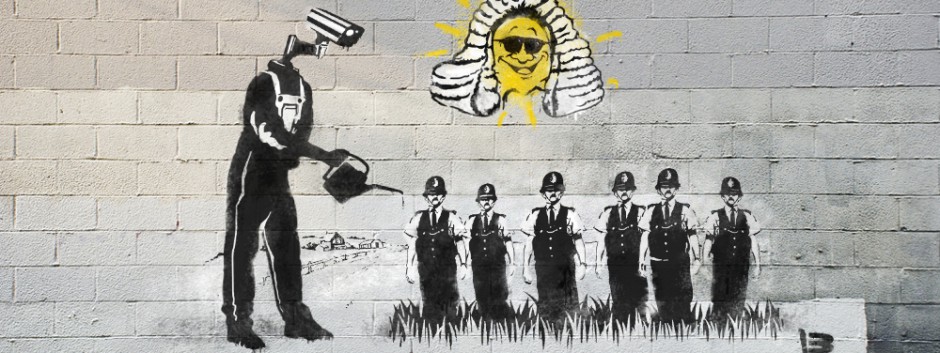My question to Professor Ulmer was, “How can we use electracy and its elements, attraction and repulsion, as a tool to address the Anthropocene?”
He answered the question starting with describing the Anthropocene being a combination of all disasters rolled into one and mentions Tim Morton’s Hyper object, that it is the power and reach we have in resources but how the disaster exceeds them. The Hyper object existing within the apparatus’ such as in science and engineering, and in religion and morality, in addition to the values of the individual and their families. He then told the story of Plato when he found the academy, introducing pedagogy and the dialogue of Socrates to guide oral people into literacy. He talks about consult or just listening/following a conversation as how we mostly learn in schools and that the genre of electracy is consulting. He explains that in order to address the Anthropocene we would have to consult with the Anthropocene itself.
He provides examples such as climate change and the migration happening at the U.S-Mexico border and that we have experienced failure by consulting among ourselves and resources instead of really listening to the world. He explains how electracy is innovative, it has a chance because through electracy we can find solutions, and that the disaster is going to tell us how the world works. He talks more about how the issue is the human appetite and by realizing this we can use this to our advantage. He explains how attraction and repulsion in electracy guides us, however, only individually and if we can find away to utilize attraction and repulsion in a societal form, we can make change. That electracy is a part of the human power of creativity and if we were to teach electracy in schools then we would be able to come up with new ideas in addressing the Anthropocene.
This answer, at first, confused me but as he continued to explain I understood the concept a lot better. I understood the answer to be that with electracy we can use this apparatus to focus our attraction and repulsion to better understand the Anthropocene. Instead of using all our resources that doesn’t work to continuously try to make change, we can instead highlight and teach electracy in schools to use our human creativity to better understand the world, therefore, we can make a difference. I enjoyed this zoom call with Professor Ulmer, I felt he explained electracy thoroughly and as he answered the other questions, I felt I understood the overall concept of electracy a lot more. The takeaway from this would be that we must consider adding electracy to the curriculum in grade schools so that we can truly explore the capabilities of human ingenuity.



